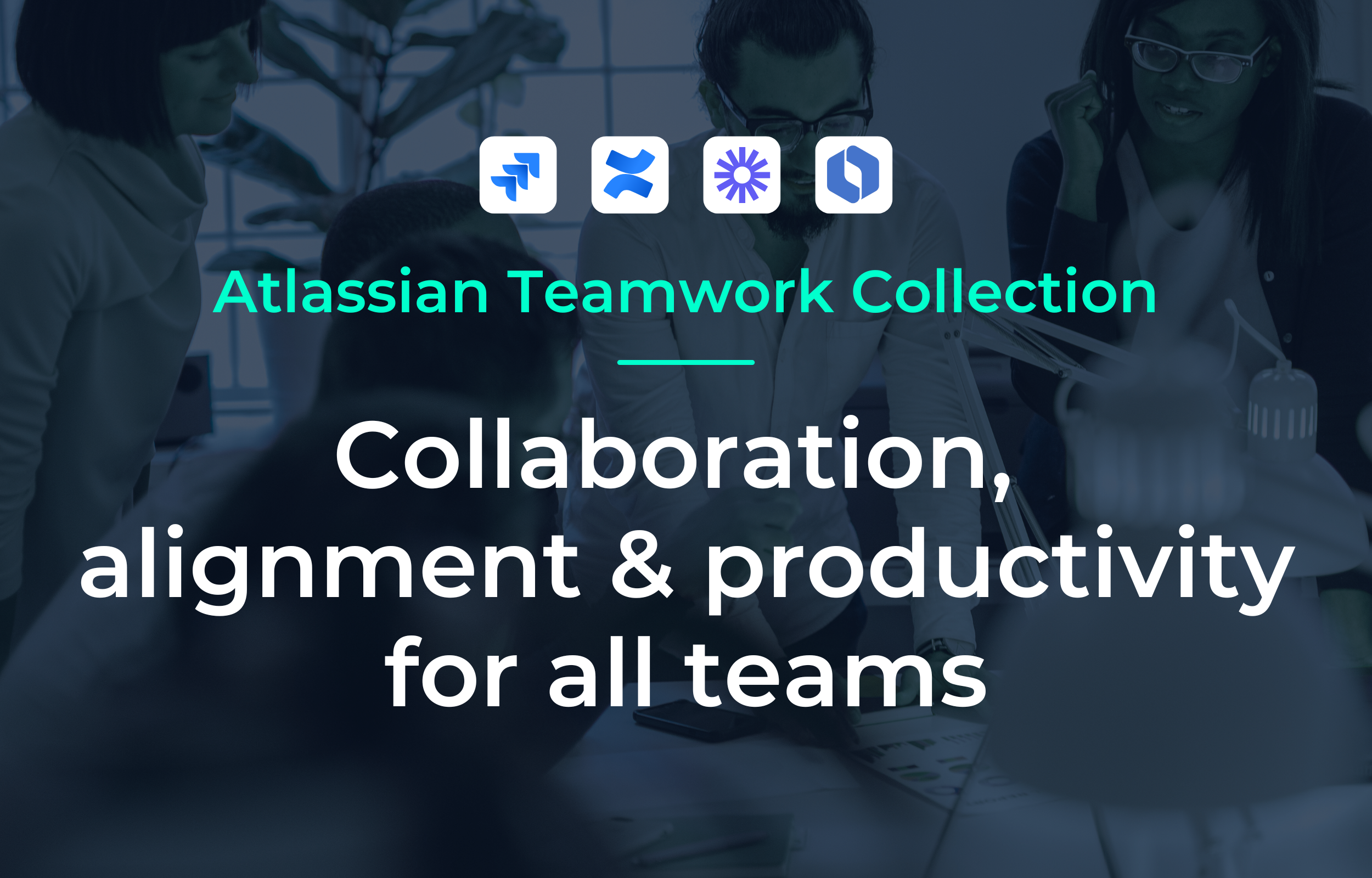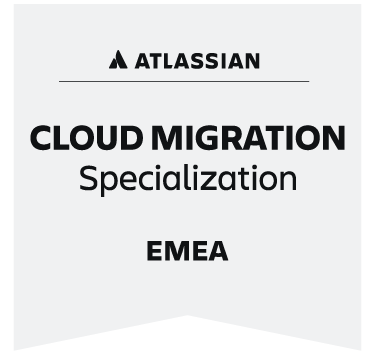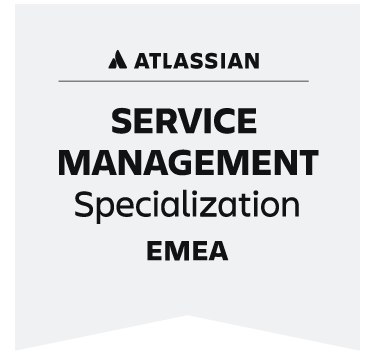Did you know that project portfolio management (PPM) plays an important role in the success of companies? It is a valuable tool for any company that wants to grow and be successful because it helps companies achieve their goals and is no longer just an option for those involved with multiple internal projects, especially those that are very large and complex, but a necessity.
Managing multiple projects can be a daunting task, but with project portfolio management it doesn't have to be! It provides a holistic view that integrates multiple projects into a coherent portfolio and aligns them with strategic objectives. This approach allows decision makers - from CEOs and CIOs to project managers - to see the individual project details and understand how these projects are interconnected and contribute to the overall business goals, making it easier for those responsible for managing the project portfolio to make the right decisions about whether to stop or continue a project, whether to shift resources, etc.
Project portfolio management is critical to business success and enables competitiveness and agility. We will look at its key values and how the integration of technologies such as Jira can increase its efficiency.
- Understanding project portfolio management
- At a glance: Challenges for companies that PPM mitigates
- Why even the smallest company needs project portfolio management
- How to introduce project portfolio management in companies
- Project portfolio management: tools and technologies you can use
- Project portfolio management with Jira: A game changer with practical applications
- Conclusion
Understanding project portfolio management
What is project portfolio management?
Project portfolio management is a strategic approach that enables organizations to manage and evaluate their projects as a cohesive portfolio to ensure they align with overall business objectives. Unlike traditional project management, which focuses on the successful delivery of individual projects, PPM takes a broader perspective. It looks at the entirety of projects as a whole and provides a holistic perspective that is crucial for organizations. This approach helps to manage the complexity and interdependencies of multiple projects, which can have a significant impact on the success of the business.
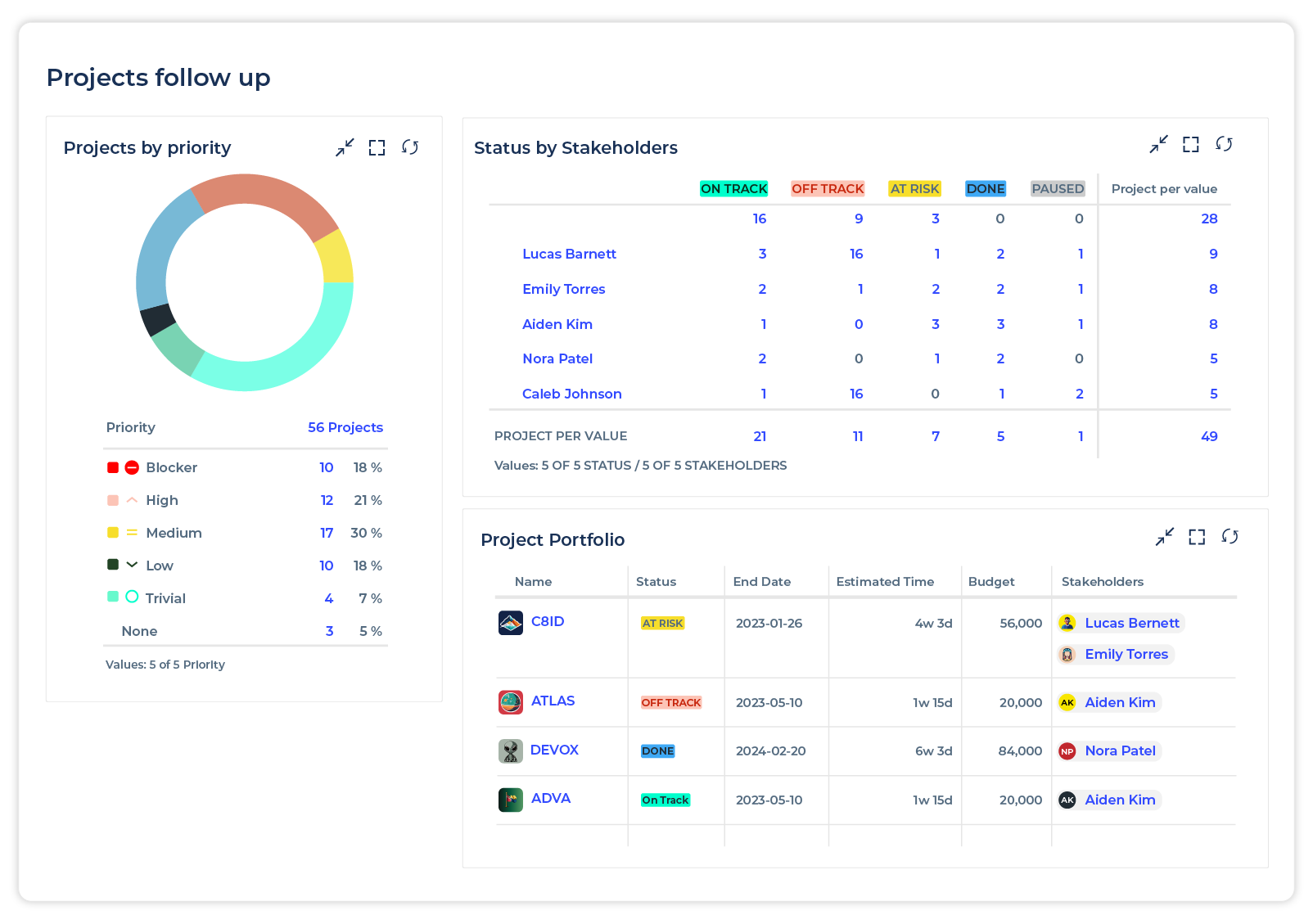
What does project portfolio management do?
PPM creates clarity and control over the project landscape. It evaluates the alignment of projects with strategic objectives and allocates resources accordingly. This ensures that the most valuable and strategically aligned projects receive the attention and resources they need to be successful.
The most important elements of PPM are
- Strategic orientation: It ensures that every project in the company is in line with the organization's goals and strategies, thus enabling well-founded decisions on resource allocation.
- Resource management: It enables a more efficient allocation of resources by treating the projects as a uniform portfolio.
- Risk management: It involves the identification, assessment and management of risks at portfolio level. This approach helps to mitigate risks that could impact multiple projects and ultimately the organization's strategic goals.
- Power measurement: PPM involves assessing the performance of the entire project portfolio against strategic objectives and key performance indicators. This assessment is important to make adjustments and ensure that the portfolio is on track to achieve the desired results.
- Control: Effective project portfolio management requires clear governance structures for transparent decision-making based on strategic objectives.
Managing multiple projects can be difficult for companies. To be successful, project portfolio management is not just about executing projects correctly. It's also about selecting the right projects. PPM provides a structure to evaluate the potential return on investment for each project. This helps those responsible to decide which projects should be prioritized, postponed or cancelled.
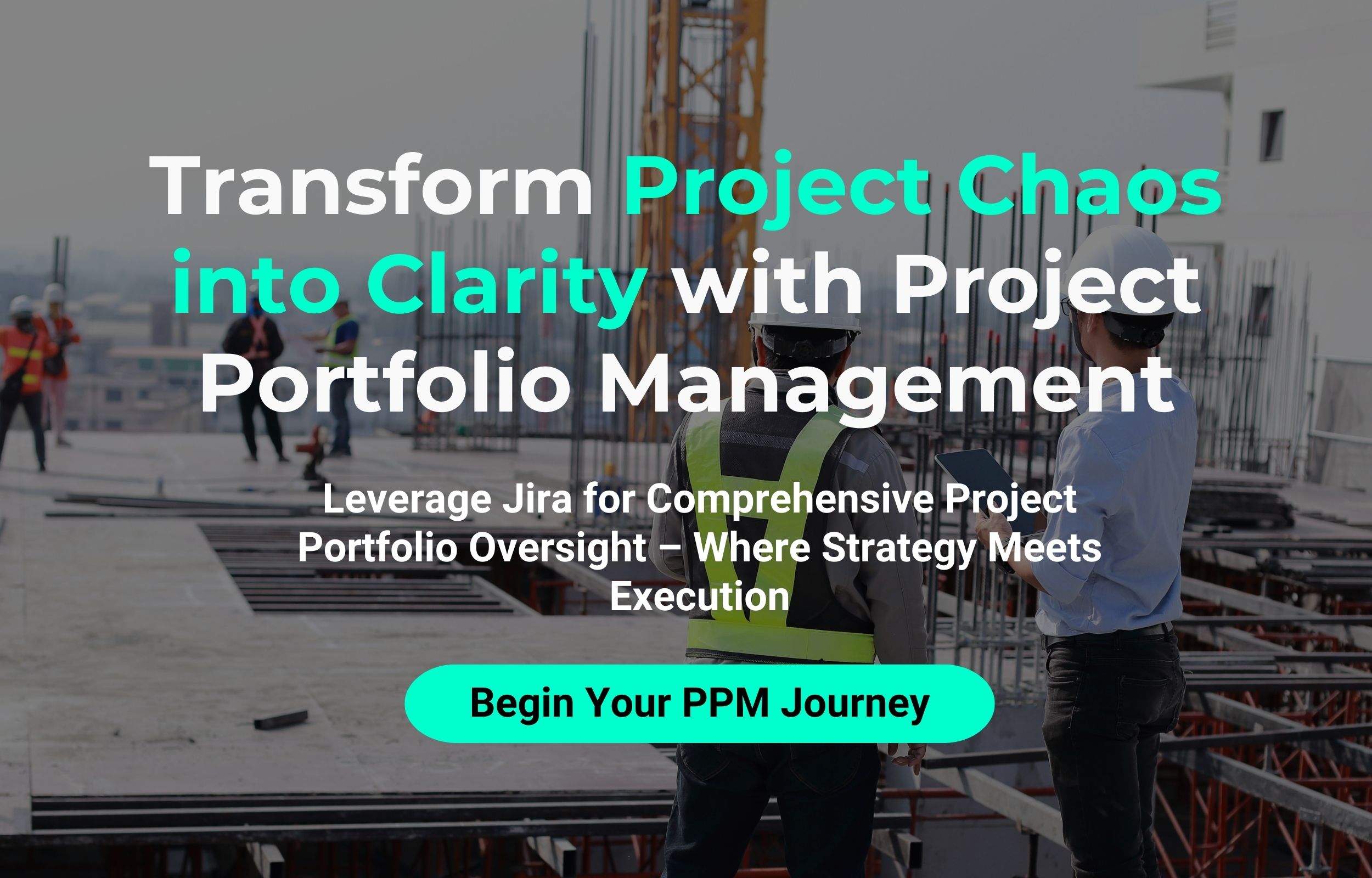
At a glance: Challenges for companies that PPM mitigates
- Complex project management: It rationalizes the management of several interconnected projects, reduces complexity and improves coordination.
- Strategic misalignment: It aligns the individual projects with the company's overarching strategic goals and ensures that each project contributes to the overarching goals.
- Inefficient allocation of resources: It optimizes the allocation of resources across the entire project portfolio and thus prevents over- or under-utilization.
- Inadequate risk management: It provides a holistic overview of the risks in all projects and thus enables better risk identification, assessment and mitigation.
- Poor decision making: Improves decision making through comprehensive real-time data and insights into project performance and progress.
- Inefficient processes: Streamlines workflows and improves operational efficiency through standardized processes and clear communication channels.
- Budget overrun: Helps with better budget management and control, reducing the likelihood of projects exceeding their financial allocations.
Why even the smallest company needs project portfolio management
Project portfolio management is essential for companies that work on several projects at the same time. It ensures that each project is aligned with the company's overall strategic goals and helps to drive the business forward. PPM provides a comprehensive overview of all projects and helps to prioritize them.
Managing complexity and interdependencies
There are often many projects that overlap and compete for the same resources. Project portfolio management provides a structured approach to managing this complexity by enabling decision makers to recognize the connections and collaborations between different projects. This understanding is crucial to avoid resource conflicts and ensure that each project complements and supports the others, rather than being isolated.
Strategic orientation and prioritization
As companies grow, it becomes more difficult to keep an eye on their goals. Project portfolio management helps to align projects with the company's goals. It prioritizes projects based on their potential impact and alignment with long-term goals. This ensures that resources are allocated to projects with the highest strategic value.
Optimized resource allocation
Large companies must use their resources efficiently in order to be successful. Project portfolio management supports companies in this by allocating resources effectively. Project portfolio management gives you an overview of all current and planned projects so that you can identify and eliminate resource bottlenecks. This ensures that the right resources are available for each project at the right time. By optimizing resource allocation, you can achieve your project goals more efficiently.
Better decision-making
Making informed and agile decisions is critical. PPM provides a data-driven framework for decision-making that offers insights into project performance, risks and benefits. With a clear understanding of these factors, leaders can make quick decisions that adapt to changes in the business environment or shifting strategic priorities.
Risk management and risk mitigation
Major projects can be associated with considerable risks for companies. Project management allows you to identify and assess these risks at a portfolio level. Companies can develop comprehensive risk mitigation strategies to safeguard the entire portfolio by understanding how risks in one project can impact others.
Measuring performance and value
To manage projects effectively, it is important to evaluate their performance against predefined KPIs and strategic objectives and provides tools and metrics to measure this performance and help determine the value of each project to the organization. This evaluation is critical to ensure that projects are aligned with business objectives and to make the necessary adjustments to improve performance.
How to introduce project portfolio management in companies
1. initial assessment and planning
The first step is to assess the existing project management landscape. Identify gaps and align the framework with the organization's strategic goals. Develop a plan that defines the objectives, resource allocation, timeline and milestones.
2. involvement of stakeholders
The involvement of the most important stakeholders is crucial. This group includes executives, project managers and IT staff. Clear communication about the benefits and changes that PPM brings is important to gain the support of the organization.
3. adapting the PPM approach
Adapt the framework to the specific needs and culture of the organization. This customization should take into account scalability for future growth and change.
4. integration with existing systems
Smooth integration with existing systems is essential. This may require technical support to integrate new tools and customize workflows, with a focus on data migration and integrity.
5. piloting
Carry out a pilot phase with selected projects or departments. This step helps to identify potential problems and enables adjustments to be made before a comprehensive rollout.
6. training and support
Provide comprehensive training to ensure that all users are familiar with the new system. Set up a support system that provides continuous support, especially in the initial phase after implementation.
7. monitoring and continuous improvement
Continuously monitor the performance of the PPM system after implementation. Gather feedback to iteratively improve the system and ensure that it effectively meets the needs of the organization.
8. verification and scaling
Review the project portfolio management system regularly based on the defined objectives and key performance indicators. Be prepared to scale and evolve the system as the organization grows and needs change.
By following these steps, large organizations can implement a project portfolio management system that enhances their strategic project management capabilities and aligns with their overall business goals.
Project portfolio management: tools and technologies you can use
Implementing effective project portfolio management in an organization requires the right tools and technologies. These tools enable smoother project management processes and provide key data and insights for informed decision-making. Some categories of tools and specific technologies can significantly enhance capabilities.
Comprehensive project portfolio management software solutions:
Jira
Jira is an all-in-one solution and is characterized by its versatility in the management of agile projects. It enables detailed tracking, planning and reporting, making it ideal for various project management requirements. Other software solutions are Microsoft Project and Primavera from Oracle. These platforms offer robust features such as detailed project planning, resource allocation and budget management.
Collaboration and communication tools:
Platforms such as Slack, Microsoft Teams, Asana or Confluence are essential for effective communication and collaboration within the team. They streamline interactions and ensure that all team members are up to date.
Document management systems:
Efficient document management is the key to effective project management. Systems such as SharePoint and Google Drive enable the secure and accessible storage, sharing and organization of project-related documents.
Advanced analysis and reporting tools:
Tools such as Tableau and Power BI are essential for analyzing project data. They offer advanced analysis and reporting functions and enable those responsible to make data-based strategic decisions.
Risk management software:
Risk management is another important aspect. Special risk management tools help to assess, prioritize and mitigate risks across the entire project portfolio to ensure better control and foresight.
Resource management tools:
Solutions such as Smartsheet and Resource Guru are well suited for managing and allocating resources in projects. They ensure that resources are used optimally and avoid over- or under-utilization.
Agile project management tools:
For those who use agile methods, tools such as Jira and Trello Functions that are specifically tailored to agile project tracking, e.g. sprint planning and scrum boards.
Customized development platforms:
When special requirements need to be met, platforms such as Microsoft PowerApps and Salesforce enable the development of customized PPM applications and thus offer tailor-made solutions.
In summary, selecting the right tools and technologies is critical to successful project portfolio management. These tools should be selected based on the organization's specific needs, size and project management methodologies to ensure that they contribute effectively to the process. Jira, with its comprehensive features, is a versatile all-in-one solution suitable for various project management needs.
Project portfolio management with Jira: A game changer with practical applications
A great way to implement project portfolio management is to Jira. By integrating PPM with Jira, you can benefit from a more dynamic, technology-based solution that delivers unprecedented results.
In a recent case study, existing project portfolio management tools were evaluated and specific requirements for an efficient solution were defined. The result was a comprehensive dashboard in Jira that displays all projects with relevant data, including planned and consumed man-days, percentage progress of each project and linking efforts to individual tasks.
The most important elements of this integration included
- Implementation of a customized workflow: As part of the integration, new task types were defined for functions such as monthly reporting and project planning with resources in order to streamline the process and increase the efficiency of PPM in Jira.
- Automations and script improvements: The creation of automations in Jira made it possible for necessary information from projects to be automatically available for portfolio management. Scriptrunner was also used to create scripts to extend certain functions and create simple applications that are not possible with Jira automations, e.g. hiding fields or setting write permissions for a field.
- Resource planning and approval process: As part of the project, a resource planning process was developed that incorporates Jira Service Management's asset management and Jira's standard features. An asset was created for each functional team within a project so that project managers could assign tasks to these assets and initiate an approval process for the required resources.
- Test and put into operation: The project lasted around five months, during which an agile approach was chosen. The functions were prioritized and tackled using the Jira Advanced Roadmap. Daily stand-ups ensured that progress was tracked and upcoming tasks were coordinated within a cross-functional team.
Jira transforms enterprise PPM by providing a platform that integrates with existing workflows, provides real-time tracking and improves collaboration. It streamlines and scales processes, aligns them with strategic business goals and drives business success.
Find out more about the case in this current Success Story: Project portfolio management with Jira.
Conclusion
In summary, it can be said that the strategic implementation of project portfolio management for large organizations that want to increase their Project processes streamline and align with overarching business goals. With tools like Jira offering comprehensive solutions, organizations can effectively manage diverse project portfolios, ensuring efficient resource allocation, risk mitigation and improved decision making. Jira can also be used to Processes digitized and automated become. The impact on a company's operational efficiency and strategic agility cannot be overestimated.
By taking a tailored approach and using the right tools and technologies, companies can not only optimize their project results, but also drive sustainable growth and secure a competitive advantage in the dynamic business world. PPM is a key pillar in the architecture of successful project management, as companies are constantly evolving.

